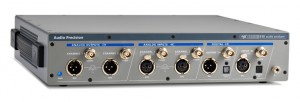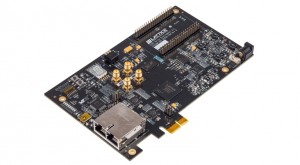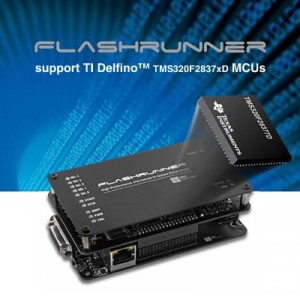LabView is commonly used for analysing audio systems and now developers can take advantage of a software driver from audio test system firm Audio Precision which makes it easier to integrate its instruments into LabView-based measurement environments.
The company has created a DAQ driver for its APx515 analyser which allows virtual instruments to be created in LabView. These configure hardware settings, including input and output channels, sample rates, trigger conditions, signal generation, and signal acquisition.
The driver, adheres to National Instrument’s standard guidelines, is based on a low-level C++ measurement library.
The DAQ driver supports LabView waveform data type, arbitrary waveform generation and waveform acquisition. It also has audio test functionality, including sine generator with two independent channels; optional dither for digital signal generation and input filters.
It is also possible to analyser as a front end for non-audio LabView applications involving signal generation and analysis from DC to 90kHz. So this could be vibration analysis, acoustic intensity, ultrasound and power quality measurement.
Dave Schmoldt, Audio Precision CEO, writes:
“Our new DAQ driver allows users a fast path to incorporating that instrument into their LabView-based measurement systems, whether audio-focused or not.”







